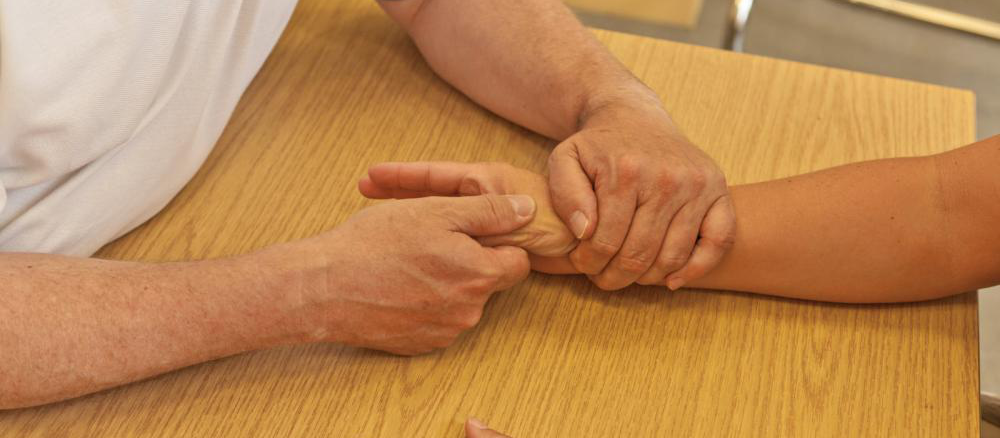According to the CDC, 1 in every 6 deaths occur due to a stroke. Approximately 795,000 people in America have a stroke every year, and every 40 seconds someone has a stroke.
According to the AHA journals, a meta-analysis of about 35 studies associated raised risk of early stroke with atrial fibrillation. And in a meta-analysis of 9 studies, silent brain infarcts were linked to a decline in cognitive function.
Stroke is the leading cause of long-term disability in the United States. Strokes decline mobility in approximately half of stroke survivors that were aged 65 or older.
Stroke survivors face various challenges, such as a decline in cognitive functioning, decrease in emotional functioning, weakness in one half of the body, the inability to continue movement as normal, social disability, and reducing community participation.
Occupational therapy can be monumental in addressing these challenges at every stage. For many years, occupational therapists have been seen as crucial contributors in rehabilitating stroke survivors. Home health care services can help the stroke patient recover in the comfort of their home.
Those who survived strokes face deterioration in cognition, motor, language, emotional, and sensory skills that obstruct them from performing their daily tasks. This blog will talk about how occupational therapy can help simplify matters.
Regaining and Boosting Independence
Occupational therapy aims to decrease disability by helping survivors relearn lost skills.
Therefore, occupational therapists can help reduce dependence by teaching tasks and every day activities such as movement, dressing, toileting, making a meal, etc.
They help in rebuilding muscle strength, so tasks are easier to achieve.
According to a study, stroke survivors who’ve received occupational therapy were substantially more independent in daily tasks than those who didn’t receive it.
Occupational therapists also perform driving assessments for people who’ve recovered from a stroke and want to begin driving again.
Addressing Deficiencies and Further Relearning Self-Care Skills
Occupational therapists help stroke survivors relearn the skills they need to take care of themselves. This includes the adequate use of adaptive equipment to improve their ability to go about their daily tasks safely.
They address weaknesses such as trouble in swallowing. They also identify and assess any loss or impairments, whether cognitive, visual, or sensory, that they can address.
Social Rehabilitation
Occupational therapists help stroke survivors in social rehabilitation. They help them in learning coping techniques to aid in their mental and psychosocial health.
Preventing Another Stroke and Raising Standards of Life
Occupational therapists evaluate and promote healthy lifestyle habits depending on the case to ensure that another stroke is fully prevented.
Occupational therapy is an important part of recovery and helps regain skills for daily tasks and bring the survivor back into their life. Occupational therapists are qualified and skilled healthcare professionals who ensure that the survivor recovers from these problems.
If you’re looking for a skilled occupational therapist in Stafford and surrounding areas, Embassy Home Healthcare is here to help.
We are a home health care service that understands the importance of elderly care. Our team is vetted for their social skills as well as professional to ensure you are fully taken care of.
See our website for our services.

